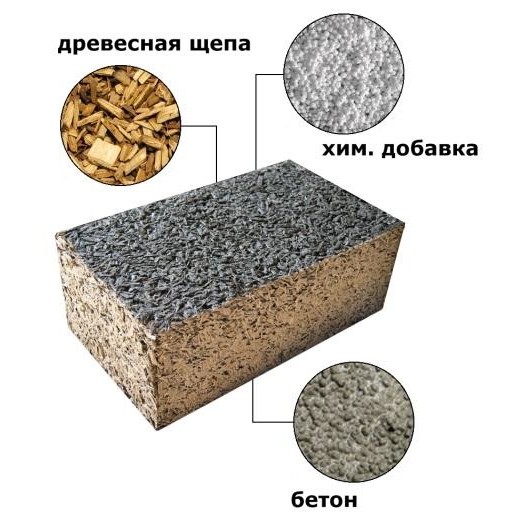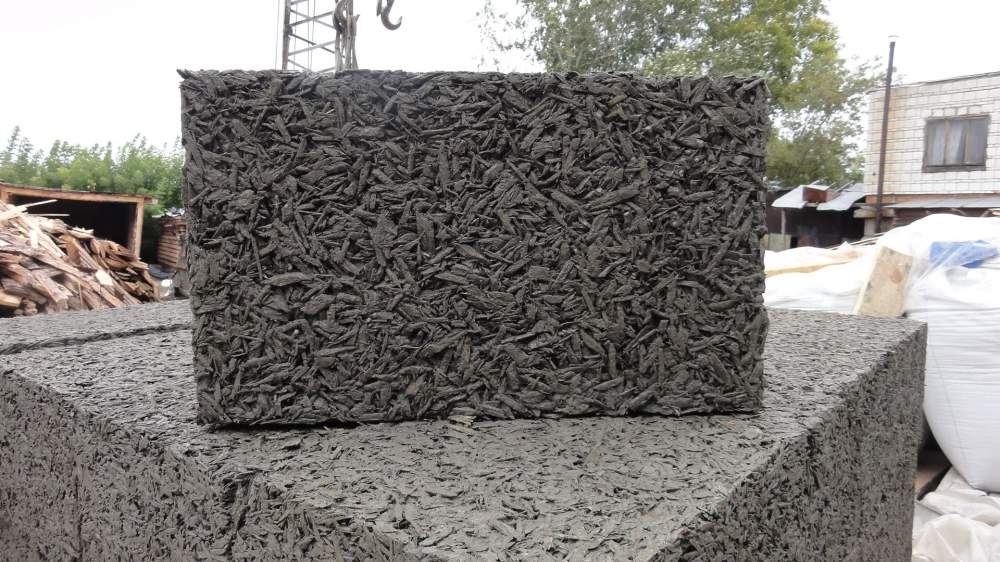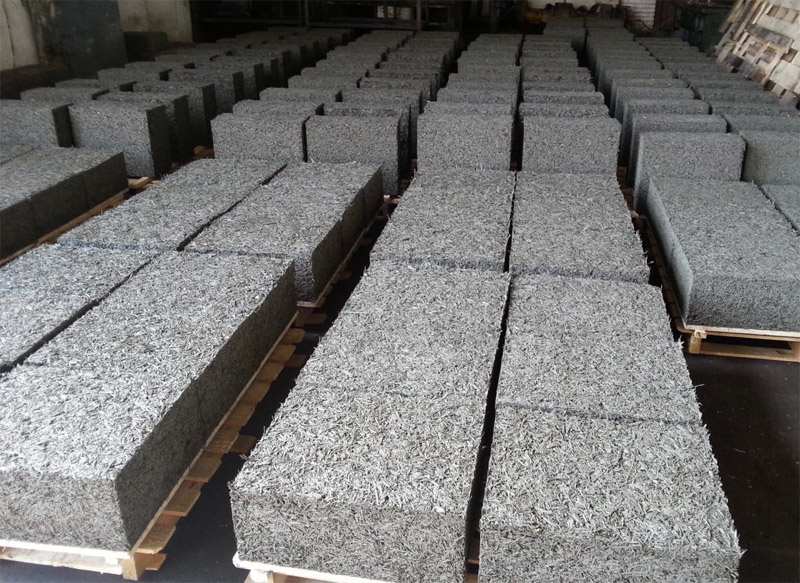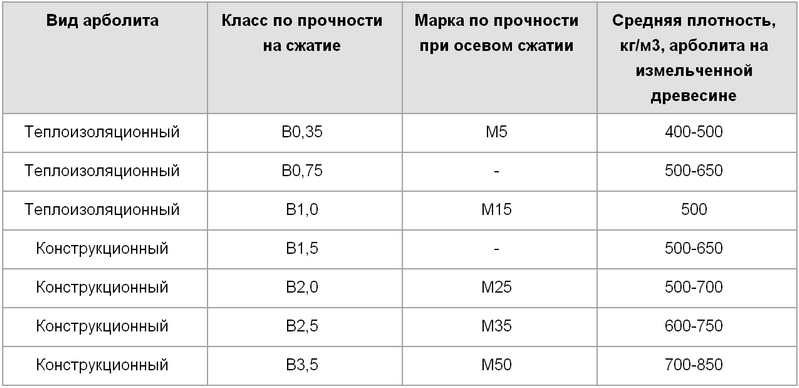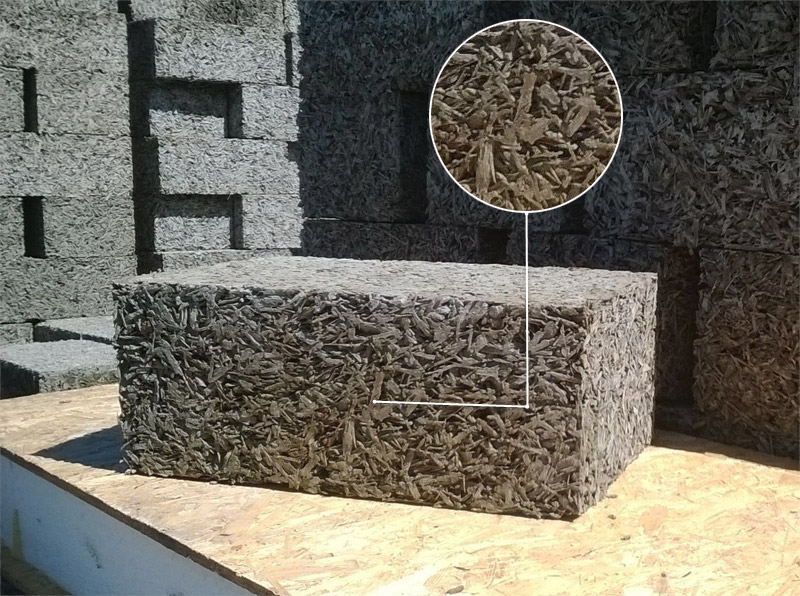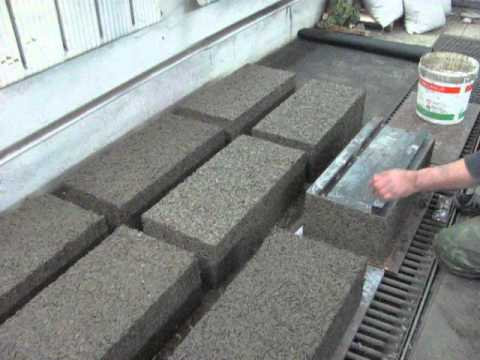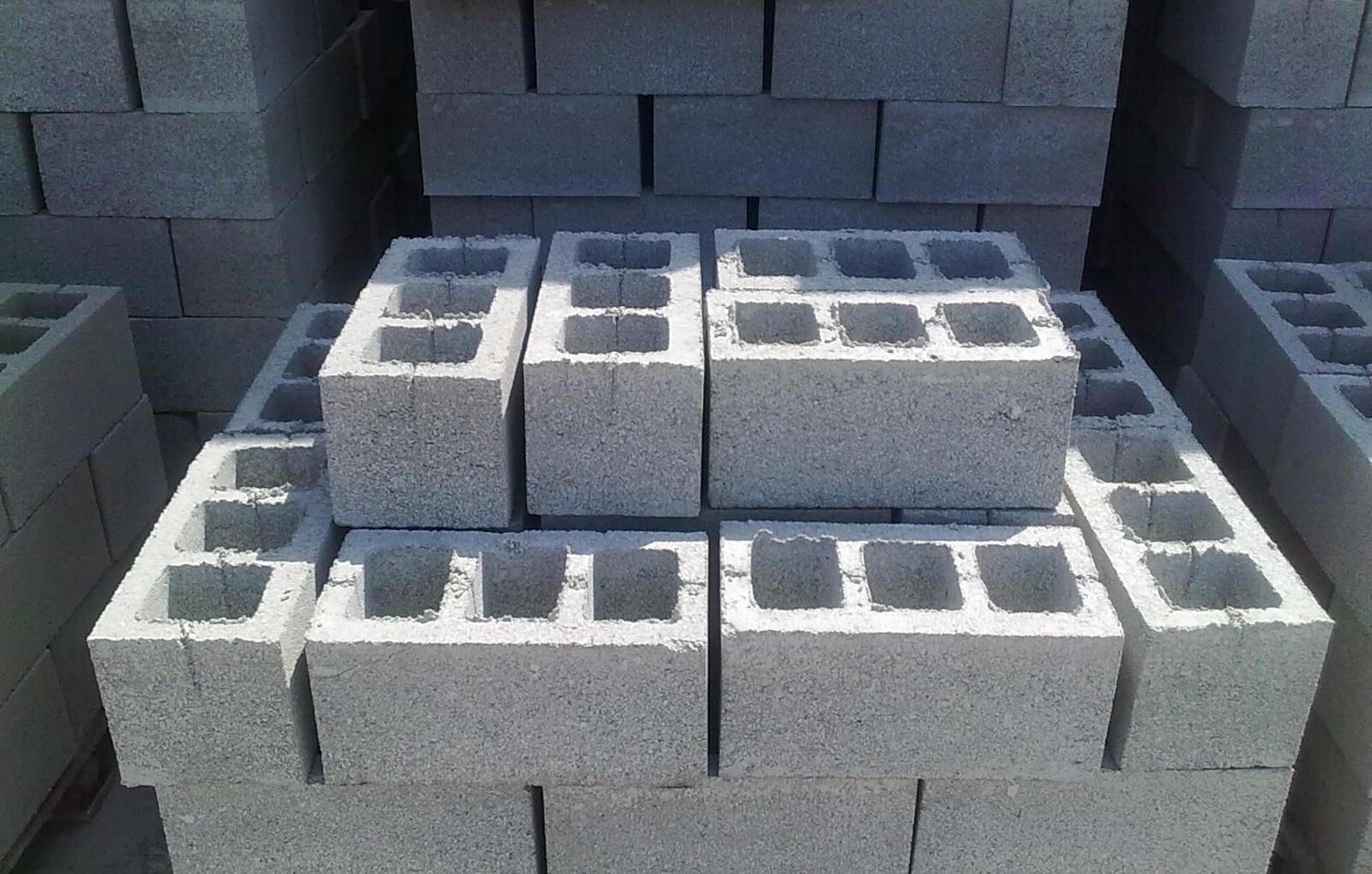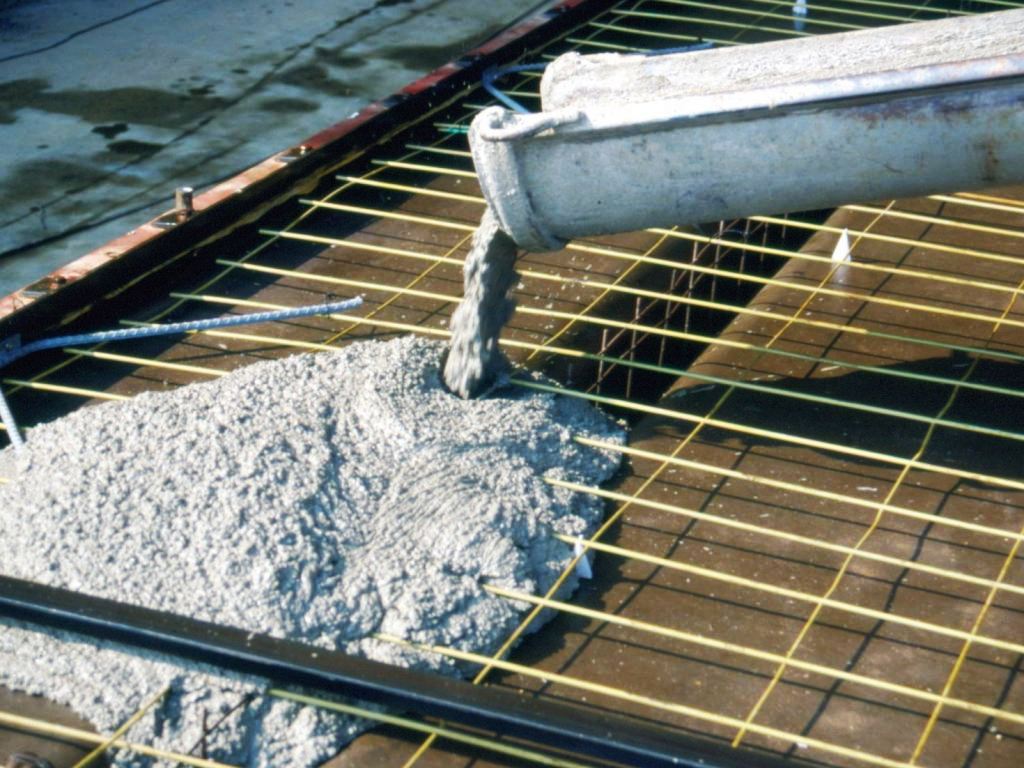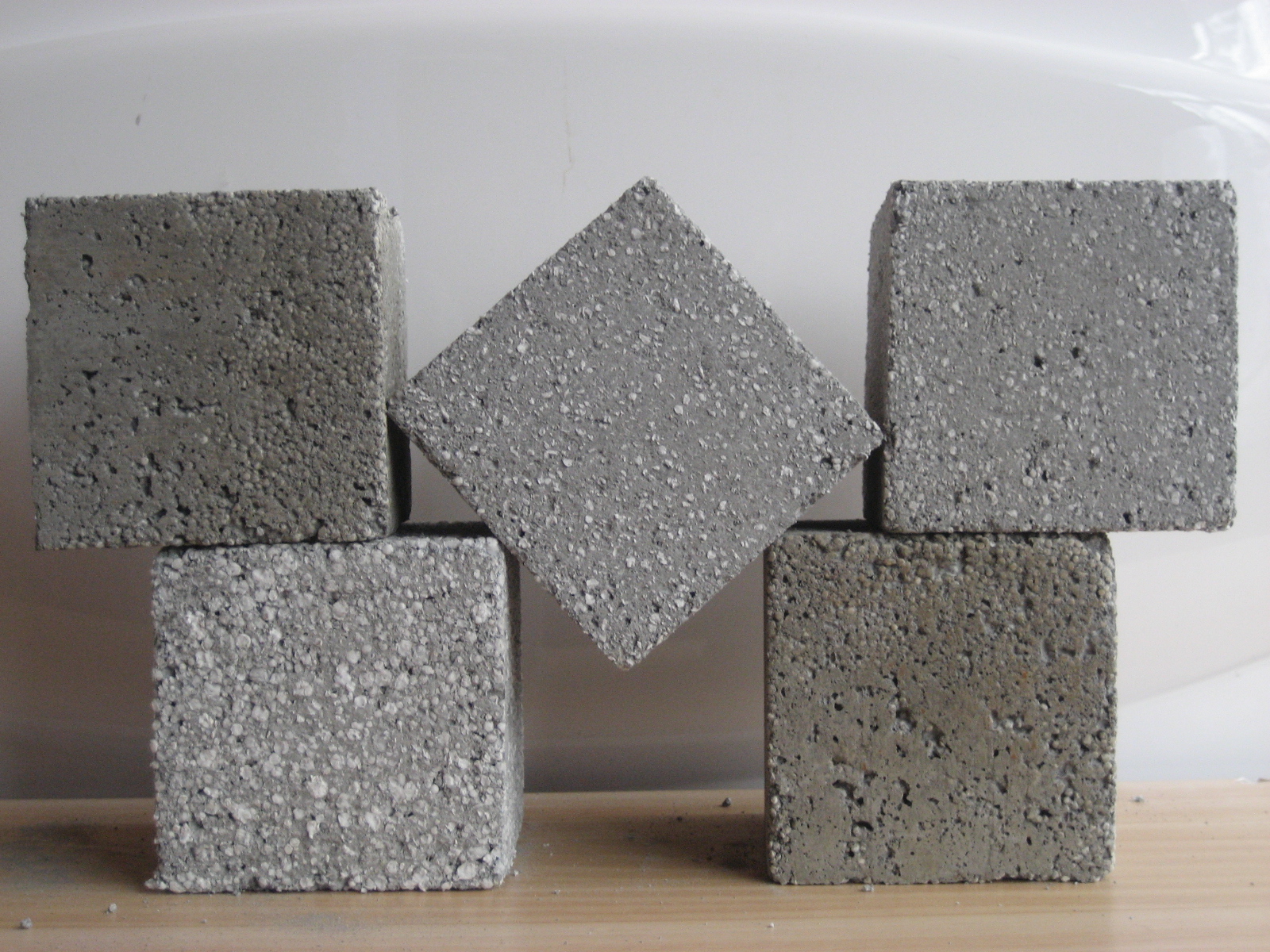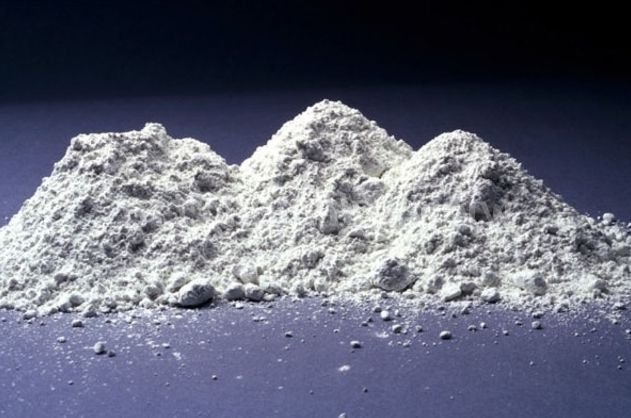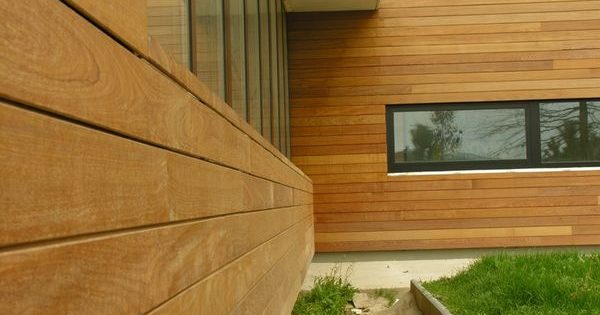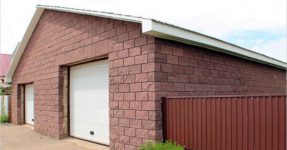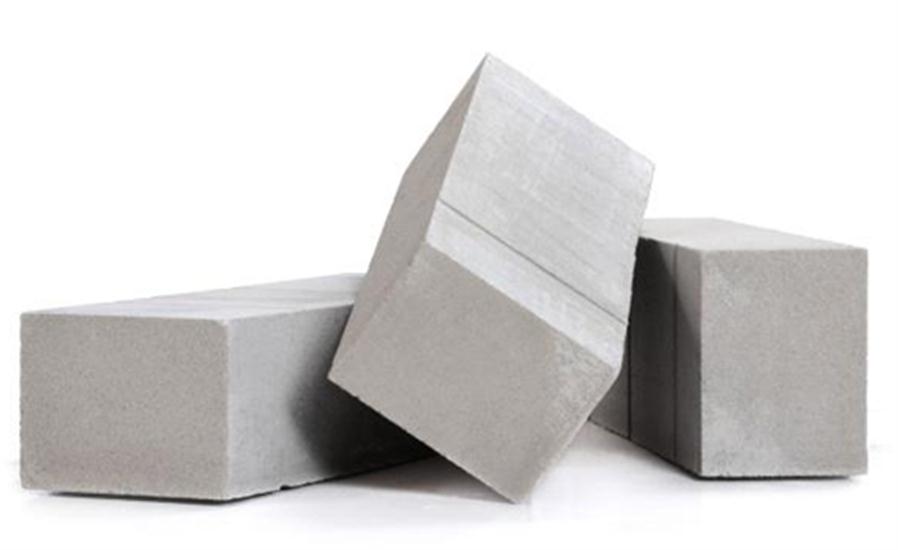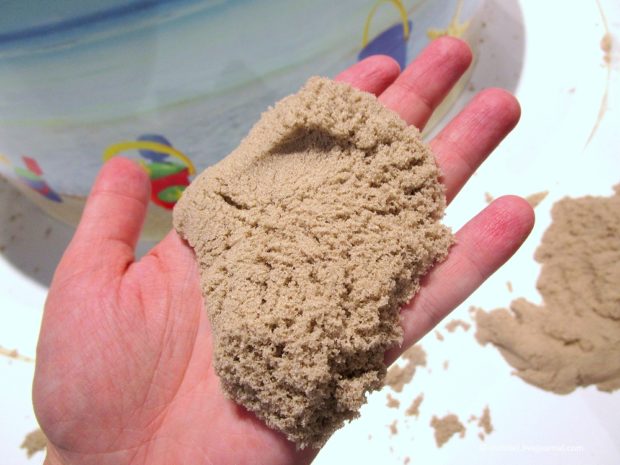7 tips for choosing blocks from wood concrete: pros, cons, composition, production
Arbolite, which is also called wood concrete due to the compositional features, was quite popular in domestic open spaces in the middle of the last century. Production technology came to us from Holland, and already in the 60s there were about a hundred factories producing arbolite in the territory of the Union. It was used for the construction of buildings in the coldest regions of the country, since the material has excellent thermal insulation qualities. In the 90s, many factories went bankrupt, forgot about the arbolite, but the buildings built dozens of years ago are still in excellent condition. Today, the material is experiencing a new round of popularity, it is actively advertised, but few people know what arbolite consists of, what pros and cons are typical for it and what types it happens. We hasten to rectify the situation and bring clarity.
No. 1. Arbolite Composition
Arbolit is one of the varieties lightweight concrete. The name of the material shows French roots: arbre is translated from French as “tree”. If you know this fact alone, you can guess which main materials are part of arbolit. So this is:
- wood chips (up to 80-90% of the volume);
- cement;
- water;
- chemical additives to improve strength and increase chip adhesion to cement.

It is clear that the characteristics of the finished material depend on the quality of the raw materials. Since wood chips are the largest in the block of arbolite, it is given the greatest importance. The composition should go exactly wood chips - not sawdust, hay, tyrsa or shavings (otherwise it will already be sawdust concrete). The strength of the material depends on the caliber of the chips. According to standards, the length of the chips can be up to 40 mm, width - 5-10 mm, thickness - 3-5 mm. It is desirable that only wood chips without any impurities be included in the block, although a small amount of bark (up to 10%) practically does not affect the strength of the products. Wood grade not so important but usually use pine or spruce, a larch It is used much less frequently, since it will be necessary to use a larger amount of additives due to the characteristics of wood.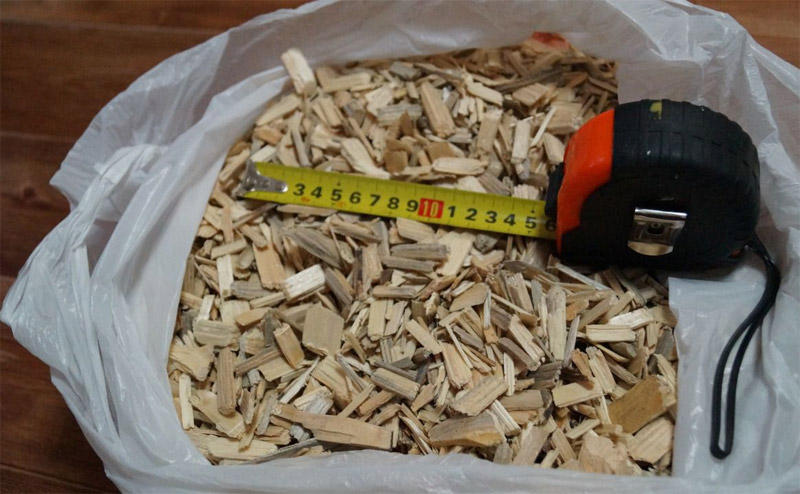
Cement use no lower than M400 grade, but since it has the feature of quickly losing strength properties during storage, it is better to use M500 grade cement in the production of structural arbolite blocks.
Without chemical additives the production of arbolite is indispensable - the blame for the sugar contained in the wood, which interfere with normal adhesion. Therefore, in production, well-dried wood is used in advance, but this does not save. The surface of the chips is mineralized with lime, calcium chloride, liquid glass or alumina sulfate.
The ratio of components is regulated by GOST. If, for example, the water content is exceeded, then at the outlet you can get a block of insufficient strength, and there will be more problems with its manufacture.
Arbolit is produced in several forms:
- masonry blocks;
- hollow blocks;
- heat insulating plates;
- panels;
- mortar for creating monolithic structures and pouring in place (like expanded clay concrete and polystyrene concrete).
Since blocks made of wood concrete have found the greatest application, today they are understood as wood concrete.As a rule, they are made in sizes of 500 * 250 * 200 mm, but products with other parameters can be found.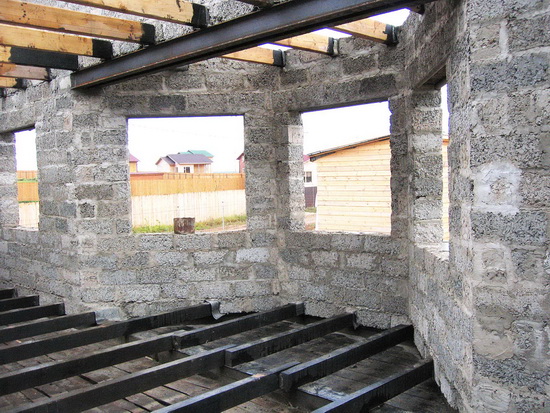
No. 2. Arbolite production
The production of arbolite blocks is a simple matter, but requires exact adherence to technology. In short, then the process looks like this. All the necessary chemicals are added to the water. Chips, meanwhile, are poured into the mixer, water is added to it and mixed briefly, then cement is added and mixed for another 3 minutes. The formation is carried out within 15 minutes in one of the following ways:
- hand molding without vibration;
- hand molding with vibration;
- manufacturing on a vibrating machine;
- manufacturing on a vibrating machine with a load.
Naturally, the mechanization of production allows you to get better blocks with the required performance. Compaction of the mixture ensures the correct distribution of chips in the cement and its full coverage with a cement mortar. Vibration is applied carefully to achieve uniform distribution of chips, but not to precipitate cement mortar at the bottom of the mold.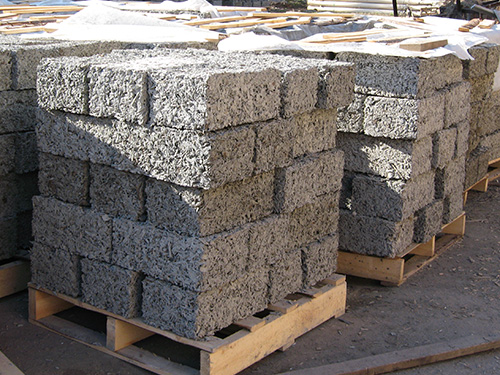
No. 3. Arbolit: pros and cons
The composition of arbolite blocks allows us to talk about the many advantages of the material:
- excellent thermal insulation. Thermal conductivity coefficient of wood concrete with a density of 400 kg / m3 - 0.07 W / m * K, with a density of 500 kg / m3 - 0.09 W / m * K, 600 kg / m3 - 0.11 W / m * K, 800 kg / m3 - 0.15 W / m * K, and blocks with a density of more than 500 kg / m3 are considered already structural. According to calculations, for moderate latitudes, a wall of arbolite with a thickness of 38 cm is enough to provide the required heat transfer resistance. In practice, they usually build walls 30 cm thick, and the internal and external decoration slightly increase the thermal insulation. Together with arbolitic blocks it is not bad to apply warm plaster, and then the problem of providing thermal insulation is quickly solved;
- good sound insulation;
- excellent vapor permeability, therefore, the optimum microclimate is preserved in the house from wood concrete;

- high resistance to fire. The material refers to refractory (combustibility group - G1), flame retardant (B1) and low-smoke-forming (D1) materials;
- light weight saves on arrangement of the foundation and simplify the construction process;
- ease of processing;
- environmental friendliness;
- resistance to mold and rodents;
- high strength. Cracks do not form on the surface of the blocks. Buildings can be erected without additional inter-row reinforcement;
- ease of installation of fasteners, including nails and self-tapping screws, which distinguishes an arbolite block from polystyrene concrete or expanded clay concrete.

Cons of arbolit:
- the need for protection against direct exposure to moisture. Cement and mineralized wood chips have low hygroscopicity, but in direct contact with water (for example, rain with wind), the block may get wet and lose a number of its positive properties, therefore facade it is better to revet arbolite constructions in addition, but there is nothing like that - houses from many other materials are also finished for reasons of aesthetics or protection. It is worth noting that there are known cases of the operation of buildings made of wood concrete without additional external decoration - for 10 years nothing happened;
- not the highest frost resistance. The unit withstands 25-50 cycles of freezing / thawing depending on the strength, but when protecting the material from direct exposure to moisture, it is possible to significantly extend the life of the material;
- insufficient geometry accuracy, even if all production requirements are met. For example, gas block and foam block have much more accurate geometry. Deviation in the parameters of the blocks leads to the need to increase the masonry mortar, and this leads to freezing of the walls at the seams. Recently, some manufacturers began to resort to milling blocks to improve their geometry;
- the price of arbolite blocks is about 1.5 times higher than aerated concrete and foam concrete;
- the abundance of garage production on the market of wood concrete with unknown operational qualities;
- To preserve the vapor permeability of the house, it is necessary to use only breathable materials for finishing the facade, but this is not a minus - rather, a recommendation.
Arbolit today is widely used in private construction for the construction of houses (up to 3 floors), cottages, garages and household buildings, the material is also in demand in the construction of low-rise industrial buildings. Shrinkage is 0.4-0.5%.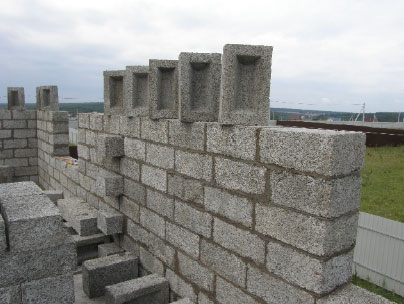
Number 4. Arbolite density
The density of arbolite blocks is the main indicator that is taken into account during the selection and purchase. The higher the density, the material is more durable and resistant to stress. On the other hand, lower density provides better thermal insulation qualities, so the blocks should be selected depending on the purpose of use.
By density, arbolite blocks are divided into:
- heat-insulating with a density of up to 500 kg / m3. They are not used for the construction of load-bearing walls, but can be used for the construction of external walls and internal partitions, which are not loaded from the roof and other elements;
- structural with a density of 550-700 kg / m3but on sale you can also find blocks with density up to 850 kg / m3. They have excellent bearing capacity and are suitable for the erection of walls of a house.

There is also a classification of blocks with the release of structural and heat-insulating material with a density of 450-600 kg / m3.
If it is about erection of walls of the house using monolithic technology, then a solution with a density of 300 kg / m3 It has the same good bearing capacity as a block with a density of 550 kg / m3. In addition, monolithic walls, "grown" in a monolithic way using formwork, do not have cold bridges.
No. 5. Strength of Arbolite Blocks
The bearing capacity of arbolite blocks directly depends on the compressive strength of the material. With increasing density, strength increases. Strength is determined by brand and grade. Mark - the average value for a whole batch of samples, ranges from M5 to M100, where the number shows how many kg can withstand cm2 block surface. In a batch of brand M75, blocks can withstand 65-80 kg / cm2, and for large blocks - this is a very significant discrepancy, so today they often use strength classes. The class determines the guaranteed strength, i.e. 95% of all samples must match the specified parameter. Classes of arbolite range from B0.35 to B3.5.
The scope of use of arbolite directly depends on its strength:
- heat insulating the material has a strength class up to B1 and a grade of strength up to M10;
- structural strength class up to B3.5 and strength grade up to M100.
Blocks B1 can be used in the construction of low (up to 3 m) single-story buildings, for higher buildings it is better to take blocks B1.5, and for 2- and 3-story houses - blocks B2.0-B2.5.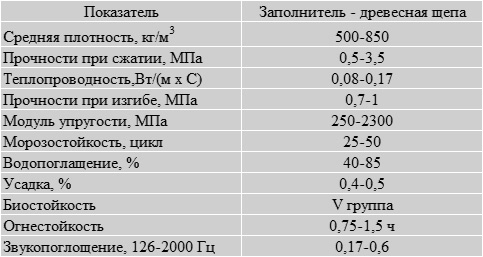
No. 6. What to consider when choosing arbolit?
Arbolite block manufacturers today it is a lot, we will not specifically allocate someone, as in each region there are worthy companies and it will take a long time to list them. On the other hand, everywhere is full and handicraft productionswho try to sell frankly bad goods at a higher price, and even a quality certificate is not always a guarantee of actual quality, because we all know how documents are sometimes made. It is best to go to production, to evaluate the technology and quality of the blocks with your own eyes. What are the criteria for checking and how to understand that a product is of poor quality?
- Primarily, attention must be paid to wood chips. GOST regulated its parameters 40/10/5, i.e. it should be rectangular in shape and large enough, in one block there should be chips of approximately the same size. Square chips will not provide a normal bond, and small sawdust - high-quality thermal insulation. Machines that make oblong wood chips are several times more expensive than aggregates that make square wood chips, the more you can get the latter for free at almost any woodworking production.Better if pine chips were used.
- Externally Arbolite Block cannot be absolutely smooth. On the contrary, an ideal surface is characteristic for blocks made using sawdust and square chips, and the smooth surfaces of such blocks are confusing for customers.

- All sides of the block must be the same.. If one end of the product is smooth, and the rest are very different from it, the production technology was violated and the cement stack down. Such a block is not suitable for construction.
- There should be no white coating on the blocks (evidence of adding glue or pouring milk down), the chips should not be picked out by hand (an indicator of poor adhesion).
- Block geometry must be observed, the maximum permissible deviation is 5 mm.
- Cement should be used brand M500.
- Give preference to blocks made with vibro pressings - manual tamping does not allow to achieve the necessary strength. It is better if the blocks are kept in molds 24 hours. If instant stripping is used, the geometry of the blocks can be significantly disrupted.
Number 7. DIY wood concrete blocks
Numerous reviews by private builders suggest that Arbolite is better to buy ready-made than to produce on your own. The technology seems to be not complicated, but it is difficult to achieve the necessary strength at home, and the complexity of the work is very high. Moreover, it is better not to use the own-made wood concrete for laying masonry walls, but barn or a garage can be built from it, therefore we give instructions on how to make arbolite blocks with your own hands:
- chips of the required size are dried for 90 days, periodically stirred;
- dried wood chips are sieved to get rid of small debris. Gypsum can be added to the chips at the rate of 200 l per 1 m3 finished blocks, chips are periodically mixed;
- for the production of a cubic meter of material, 1200 liters of wood chips, 240 liters of cement and water will be needed until the mixture begins to shine. Chips are poured first with a small amount of water, cement is added, well mixed, better in concrete mixerif necessary add water;

- the mixture is poured into pre-prepared forms that are best lubricated with machine oil;
- three days later, the blocks are removed from the molds and left to gain strength for 3 weeks.
To improve the quality of the material, it is better to acquire a vibrating table and demountable forms. The composition and proportions of the mixture may vary depending on the desired result.
For building walls use arbolite blocks with a size of 500 * 250 * 300 mm or 500 * 250 * 200 mm, masonry lead into one or one and a half blocks, partitions are erected from blocks 500 * 250 * 150 mm. After every 3-4 rows of masonry, it is advisable to take a break to dry. When erecting low-rise small buildings, reinforcement is not required - in other cases, it is better to lay the reinforcement every 3 rows. A house made of wood concrete will last at least 60 years (this is how many first houses of this material turned out to be, and they are still in excellent condition) - it is only important to choose high-quality material with the necessary performance characteristics.

